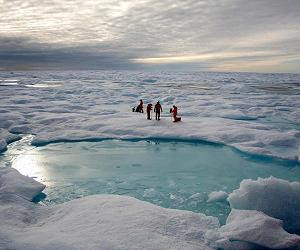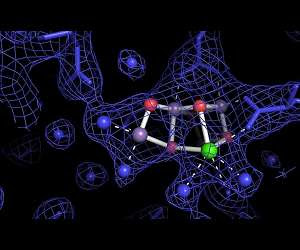Mars' ionosphere shaped by crustal magnetic fields
 Paris (ESA) Nov 09, 2016 -
Scattered pockets of magnetism across the surface of Mars have a significant influence on the planet's upper atmosphere, according to observations from ESA's Mars Express. Understanding these effects may be crucial for ensuring safe radio communications between Mars and Earth and, eventually, between explorers on the surface of the planet.
Earth's magnetic field is dominated by a single, s ...
more
Paris (ESA) Nov 09, 2016 -
Scattered pockets of magnetism across the surface of Mars have a significant influence on the planet's upper atmosphere, according to observations from ESA's Mars Express. Understanding these effects may be crucial for ensuring safe radio communications between Mars and Earth and, eventually, between explorers on the surface of the planet.
Earth's magnetic field is dominated by a single, s ...
more

















